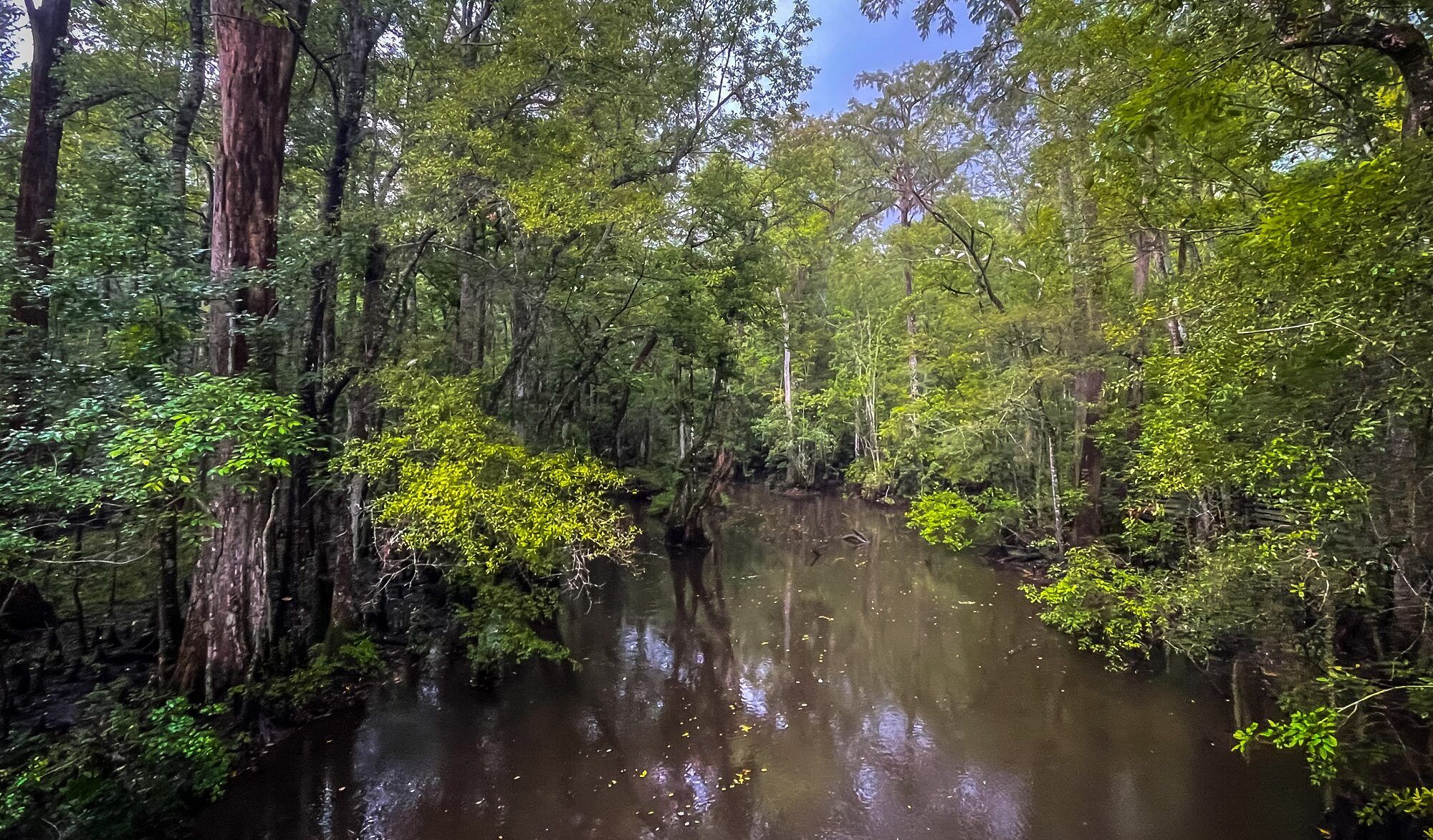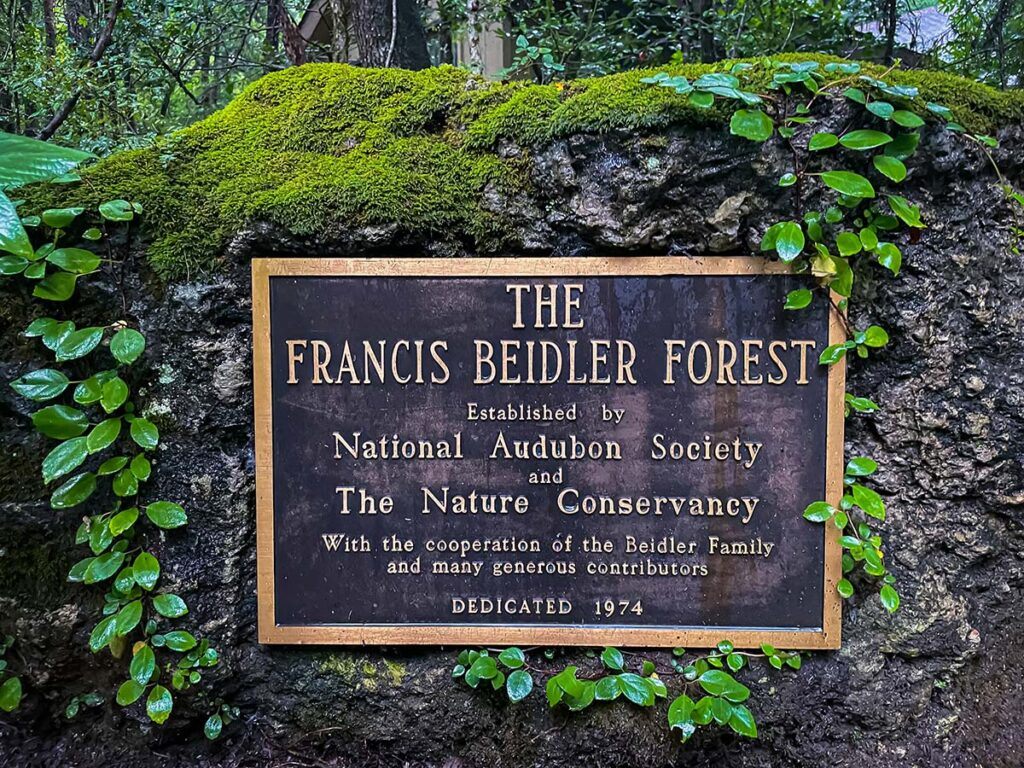One of the last old-growth swamps in South Carolina.
On our summer vacation, we visited one of two remaining old-growth tracts in South Carolina. Based on what remains–a small legacy indeed–it is arguably the best and largest example of an old-growth bald cypress forest left in the world. The protected land consists of over 18,000 acres of mainly bald cypress and tupelo gum hardwood forest and swamp with approximately 1,800 acres of old-growth.
The land was originally purchased by Francis Beidler in the 1890s with the motivation to log the area. When it proved too difficult it was maintained by his family as old-growth. When the Beidler family decided to sell the land, the National Audubon Society raised the funds to acquire it, built a boardwalk, and purchase land from surrounding farmers to ensure access. It is maintained today as an environmental education facility and wildlife sanctuary.
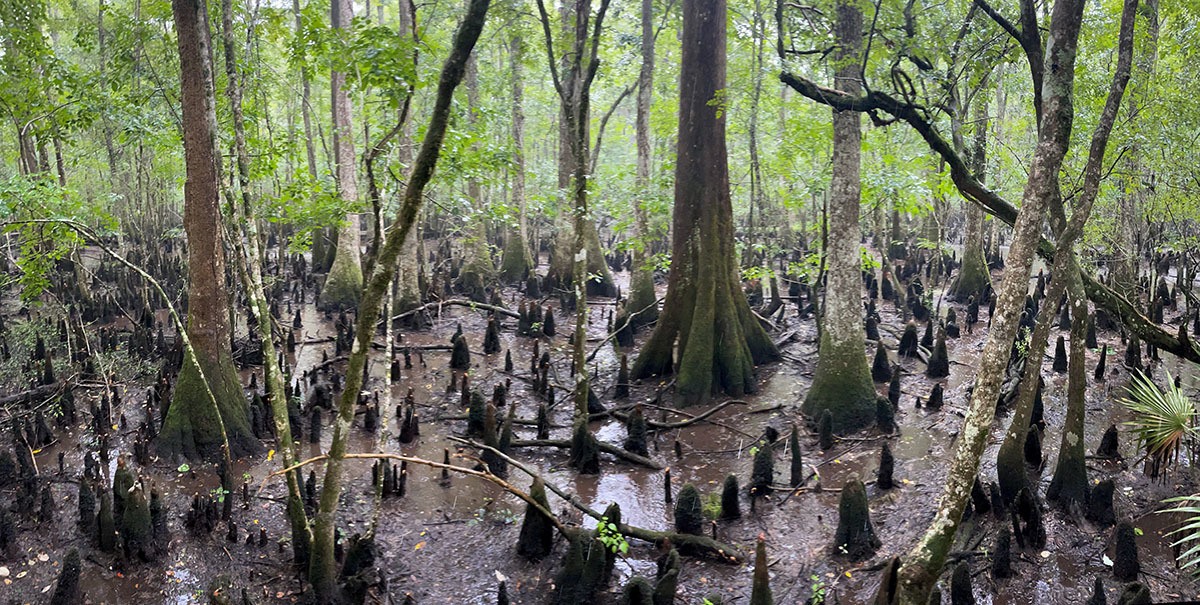
Natural History at the Francis Beidler Forest
From armadillos, to ibis, to alligators, the forests of the Francis Beidler Forest and Four Holes Swamp are a biodiversity haven. With so little original habitat remaining in South Carolina, this is the place to go to experience a healthy regional Natural History. For example, the Audubon Society estimates the forest is home to more than 2,000 pairs of Prothonotary Warblers, making it the easiest place in the country to see this species. Below are links to other lists so you can get a feel for the astounding diversity here.
Flora and Fauna Lists
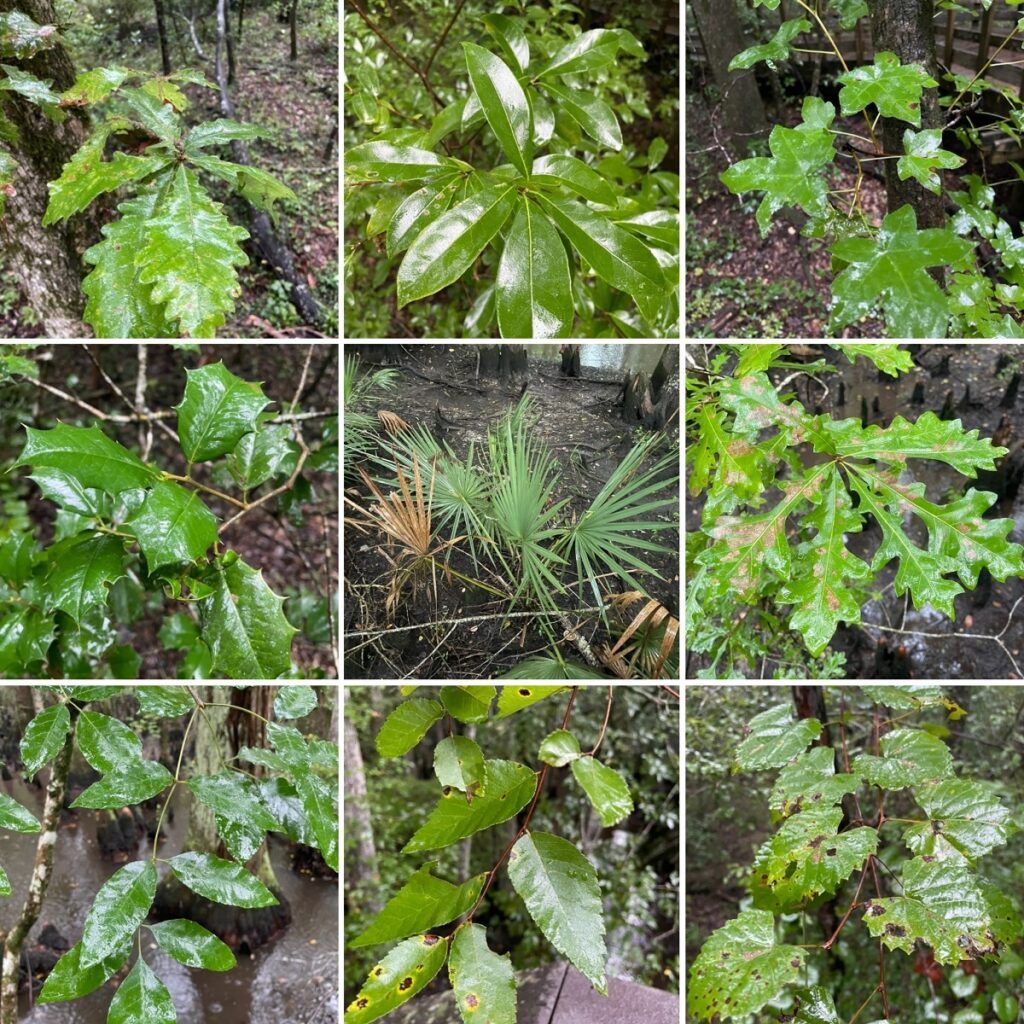
Cultural History
As is true of any place colonized by European settlers, this forest has a dark history that includes displacing the First Peoples in the name of colonization. But it also has a fascinating story of harboring runaway slaves, who sought refuge in the swamp. Likely derived from the Spanish word cimarrón for wild or untamed, Maroons were slaves that made their way onto high ground deep inside swamps. Here they survived on the bounty of food and shelter offered by the natural and healthy old-growth forest while also escaping the plantations to which they were brought.
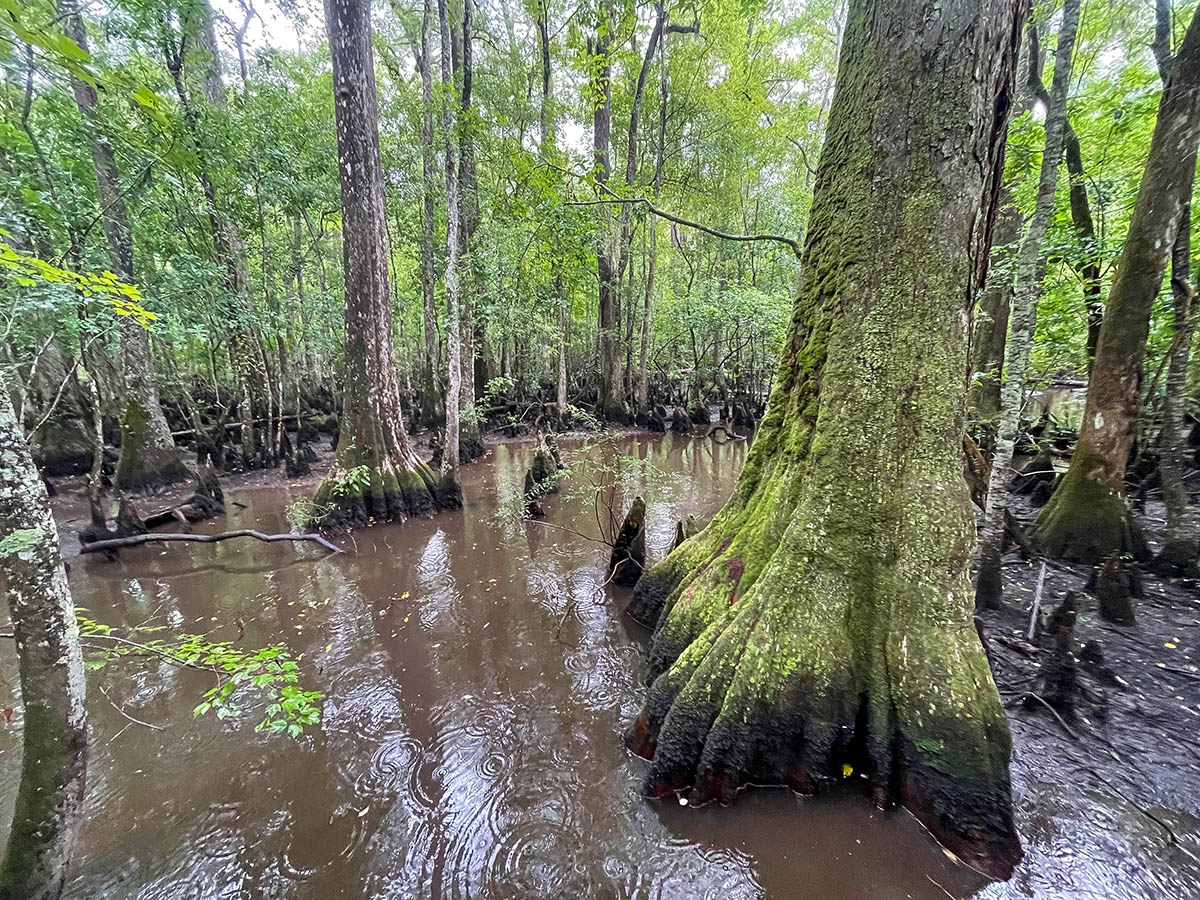
More resources
